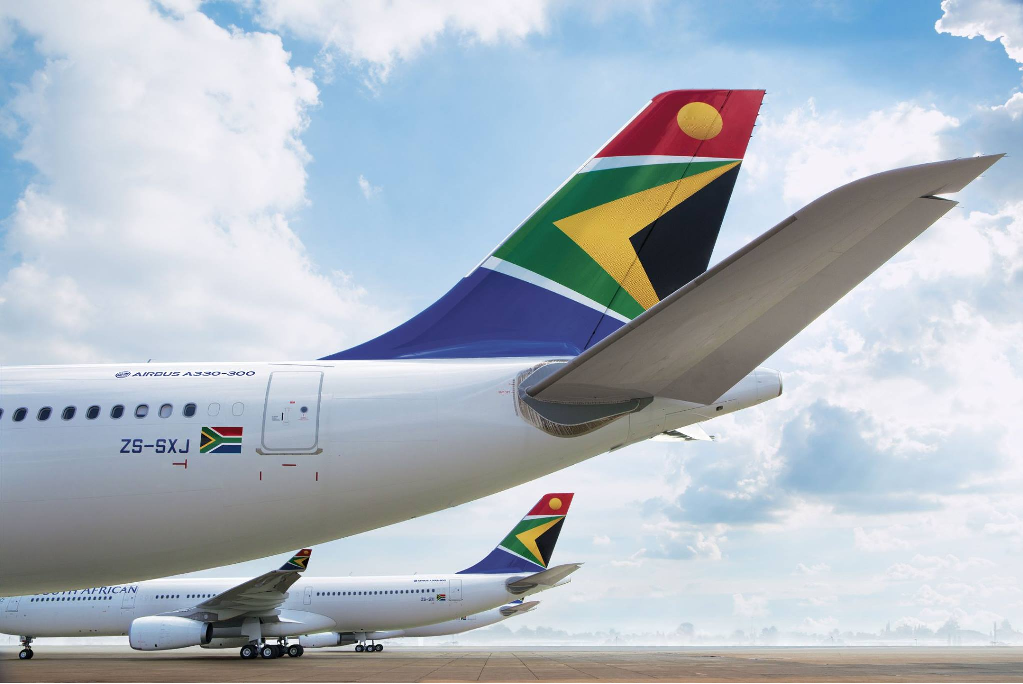SAA wage dispute and strike

19 Nov 2019
Given the financial circumstances of SAA and the fact that the taxpayers of South Africa effectively subsidise SAA, the present stance of the recognised Unions is irrational and absurd.
As SAA is technically insolvent the Unions should not be seeking to increase the debt of SAA by making impossible and unrealistic demands but should be engaging with SAA in order to provide support in respect of implementing an action to save SAA as a viable institution. The focus is wrong as a responsible approach should be adopted. A “standstill” agreement should be considered whereby salary/wage increases are suspended for a year so that SAA can cut its overhead costs. This should also apply to management. If a “standstill” agreement was concluded for the next wage year, during the current negotiations, possibly some of the retrenchments could be avoided. This is what the Unions and the motor vehicle employers agreed upon some years in the USA when the motor vehicle companies got into trouble. A medium to long term view should be adopted by SAA and the Unions. It seems that Unions are not ready to acknowledge and implement such a step and assume that there must always be wage increases even where the employer is seriously financially challenged and is in dire circumstances.
Arguably SAA has been irresponsible in offering a wage increase of 5.9% when it does not have the money to pay the increases. The demands for higher increases by the Unions will worsen the financial predicament of SAA further. NUMSA’s decision to embark on a strike in these circumstances will probably become an open invitation for SAA to apply for business rescue. Although such a measure would damage the reputation of SAA in the short term, it may become the best option if SAA’s losses increase and the Unions fail to respond realistically. It is an extraordinary feature of industrial relations in South Africa that wage demands are made without reference to financial circumstances and which endanger the continued operation of employers and in this case the national carrier, SAA.
If SAA is placed in business rescue or the strike leads to further retrenchments, the Unions must assume full responsibility for the demise of SAA and the further loss of jobs. Although senior management may have been incompetent in the past, that issue (whether correct or not) does not resolve SAA’s current financial vulnerability and a blueprint must be implemented to reduce costs.
The aviation industry is generally a high cost, low profit industry which is subject to the fluctuations of the market. I question whether NUMSA, a metals industry Union, has any deep understanding of the aviation industry. Does it have the economic research officers who have examined the issue and issued a Report? By way of example, the demand for a three-year no retrenchment agreement (at a parastatal) exhibits the absence of financial literacy and operational understanding. There is no connection to reality.
It is time to get realistic. Another employer should not be destroyed in South Africa.
See also:
- What would it take to heal the SAA bird’s broken wing?
- Can a retrenchment process start before a business rescue plan has been approved?
- Can employees be dismissed for refusing to accept new terms and conditions of employment?
- Operational options occasionally open to employers

